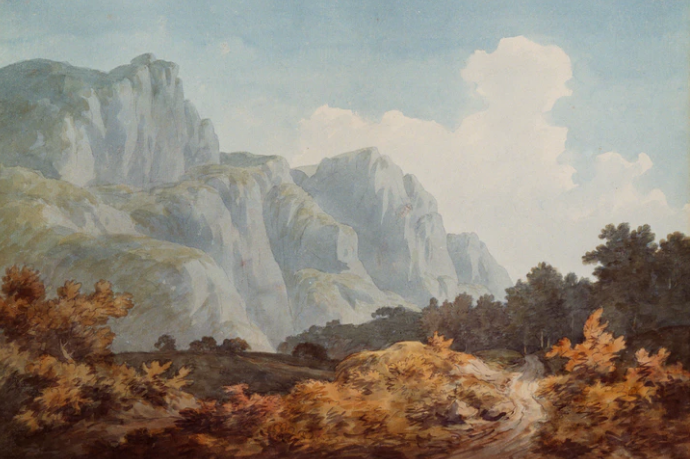The process of decoding or understanding abstract art is definitely not an easy task. How can you understand a piece of art that is not even of this world?
This is why most people have veered away from abstract art into the realms of the more concrete visual arts that directly represent reality.
However, abstract art is more representative of reality than you think something that has been noted by scholars even then.
But the initial and innate enigma that abstract art provides is exactly what makes it a most appealing form of art to people. It is a puzzle that is difficult to decode for every human mind.
What is Abstract Art?
To define abstract art is to provide a limit for such a vague and blurry form of art. Time and again, certain pieces of art that are not conceived to be abstract have been called abstract and vice versa.
The worst-case scenario is the dead-end, wherein people believe what they want to believe despite the idea of the artist.
They will understand a piece of art abstract based on their own terms, regardless of what other people argue and say.
But, a generally accepted definition of abstract art is in existence, and this definition notes that abstract art is a depiction or representation of something that is concretely and wholly present in this world.
For example, an art painting filled with curvilinear brush strokes is something that is not wholly present in reality, unless of course, one draws or generates a computer-generated image of it.
But this does not hold true for all cases, abstract art can also be that which represents reality in a different way from how we have come to know it.
At a certain point, some scholars argue that abstract art can represent physical objects that have correspondence to reality as in a still life painting. Obviously, abstract art can take on various definitions.
What Does Abstract Represent?
Abstract art, as is usually agreed upon by scholars, represent reality or anything that happens in an artist’s mind.
Cubism, for example, is a contemporary form of art that focuses on properties of physical objects that we may not be even aware of.
Abstract Expressionism, too, is another tradition in art that has much to do with abstract art.
This school of thought believes that reality can be expressed through abstract concepts contingent on an artist’s self-conceptualization.

